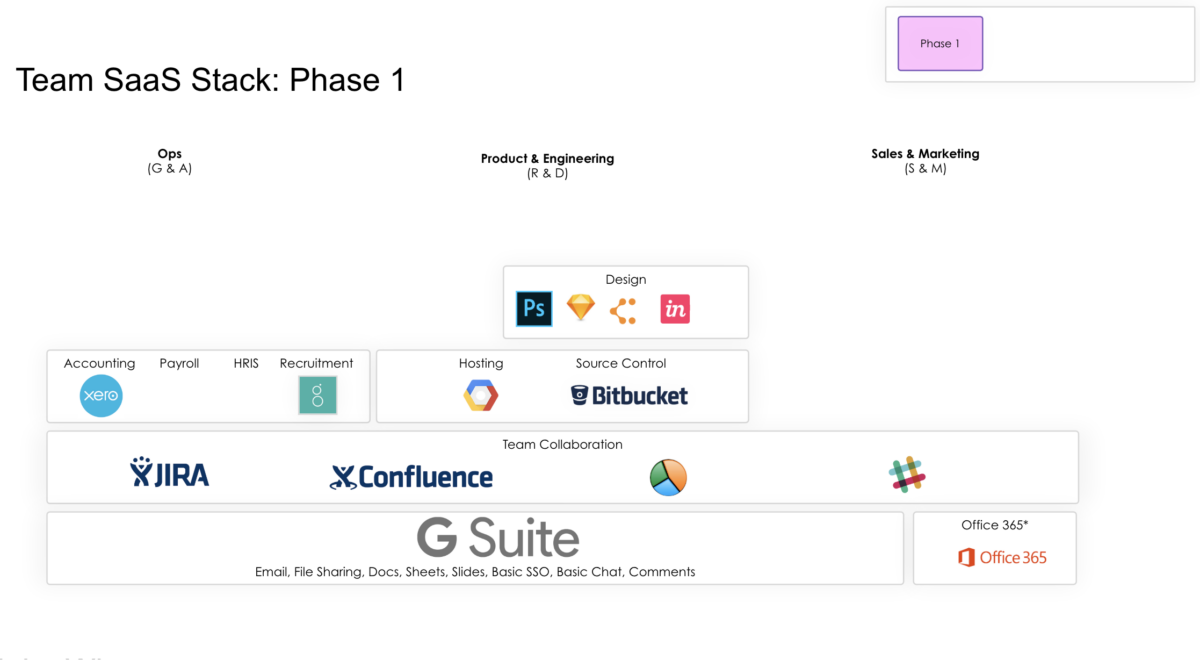Since going back from Mongo/NoSQL to MySQL, I keep rediscovering the execution order of SQL query.
Inside Microsoft® SQL Server™ 2005 T-SQL Querying
(8) SELECT (9) DISTINCT (11) TOP <top_specification> <select_list>
(1) FROM <left_table>
(3) <join_type> JOIN <right_table>
(2) ON <join_condition>
(4) WHERE <where_condition>
(5) GROUP BY <group_by_list>
(6) WITH {CUBE | ROLLUP}
(7) HAVING <having_condition>
(10) ORDER BY <order_by_list>
The first noticeable aspect of SQL that is different than other programming languages is the order in which the code is processed. In most programming languages, the code is processed in the order in which it is written. In SQL, the first clause that is processed is the FROM clause, while the SELECT clause, which appears first, is processed almost last.
Each step generates a virtual table that is used as the input to the following step. These virtual tables are not available to the caller (client application or outer query). Only the table generated by the final step is returned to the caller. If a certain clause is not specified in a query, the corresponding step is simply skipped.
Brief Description of Logical Query Processing Phases
Don’t worry too much if the description of the steps doesn’t seem to make much sense for now. These are provided as a reference. Sections that come after the scenario example will cover the steps in much more detail.
- FROM: A Cartesian product (cross join) is performed between the first two tables in the FROM clause, and as a result, virtual table VT1 is generated.
- ON: The ON filter is applied to VT1. Only rows for which the
<join_condition> is TRUE are inserted to VT2. - OUTER (join): If an OUTER JOIN is specified (as opposed to a CROSS JOIN or an INNER JOIN), rows from the preserved table or tables for which a match was not found are added to the rows from VT2 as outer rows, generating VT3. If more than two tables appear in the FROM clause, steps 1 through 3 are applied repeatedly between the result of the last join and the next table in the FROM clause until all tables are processed.
- WHERE: The WHERE filter is applied to VT3. Only rows for which the
<where_condition> is TRUE are inserted to VT4. - GROUP BY: The rows from VT4 are arranged in groups based on the column list specified in the GROUP BY clause. VT5 is generated.
- CUBE | ROLLUP: Supergroups (groups of groups) are added to the rows from VT5, generating VT6.
- HAVING: The HAVING filter is applied to VT6. Only groups for which the
<having_condition> is TRUE are inserted to VT7. - SELECT: The SELECT list is processed, generating VT8.
- DISTINCT: Duplicate rows are removed from VT8. VT9 is generated.
- ORDER BY: The rows from VT9 are sorted according to the column list specified in the ORDER BY clause. A cursor is generated (VC10).
- TOP: The specified number or percentage of rows is selected from the beginning of VC10. Table VT11 is generated and returned to the caller.
Therefore, (INNER JOIN) ON will filter the data (the data count of VT will be reduced here itself) before applying WHERE clause. The subsequent join conditions will be executed with filtered data which improves performance. After that only the WHERE condition will apply filter conditions.
(Applying conditional statements in ON / WHERE will not make much difference in few cases. This depends how many tables you have joined and number of rows available in each join tables)
